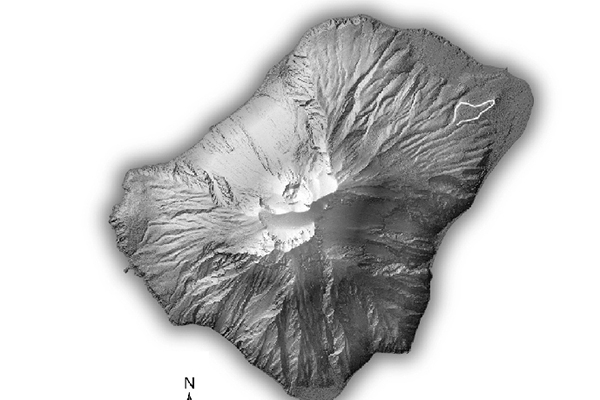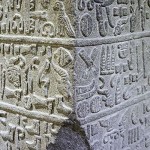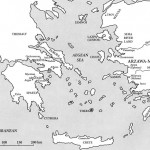Eating Molluscs at Stromboli (Aeolian Islands, Italy), 1700 BC
Massimo Vidale, Sara T. Levi, Marco Bettelli, Andrea Di Renzoni, Matteo Bettuzzi, Valentina Cannavò, Franco Casali, Francesca Ferranti, Leandro Lopes, Maria Pia Morigi, Carmelo Triolo, Mario Triolo
A seashell dump from the site of San Vincenzo (Stromboli, Aeolian islands, Italy) was studied using an interdisciplinary approach to identify the type of molluscs and the formation process of the deposit, with the aim of reconstructing the most important cultural and social aspects of the meal. A large village occupied Stromboli during the Ancient and Middle Bronze Age. The village, at least during its later phases, had a modular topographical structure made up of rectangular enclosures with imposing stone elements at the corners. A large pit filled almost exclusively with marine shells was found near one of these stones and by an enclosure wall at the southernmost edge of the village. A sample of the deposit where the shells are embedded in their originally sandy matrix was extracted, investigated by means of CT scanning and reconstructed in 3D, confirming deposition after a single discard event. Radiometric, stratigraphic, typological and archaeometric data indicate that the meal was consumed contemporaneously with the beginning of interactions with the Mycenaeans, and discharged in a specific location possibly marking a major topographical transformation. The quantity of molluscs consumed was reconstructed experimentally by comparing the ancient record with the corresponding quantity of meat provided by contemporary animals collected as a specimen from the rocky shores of the island. Shell deposits of the Mediterranean Bronze Age have been rarely studied in such detail and this case study may reveal forms of ancient communal consumption of such food at the beginning of the Middle Bronze Age, and therefore important feasting contexts in which ancient communities materially interacted and exchanged information.

Vidale M. et al. 2018, Eating Molluscs at Stromboli (Aeolian Islands, Italy), 1700 BC, SMEA NS 4, 143-160.


